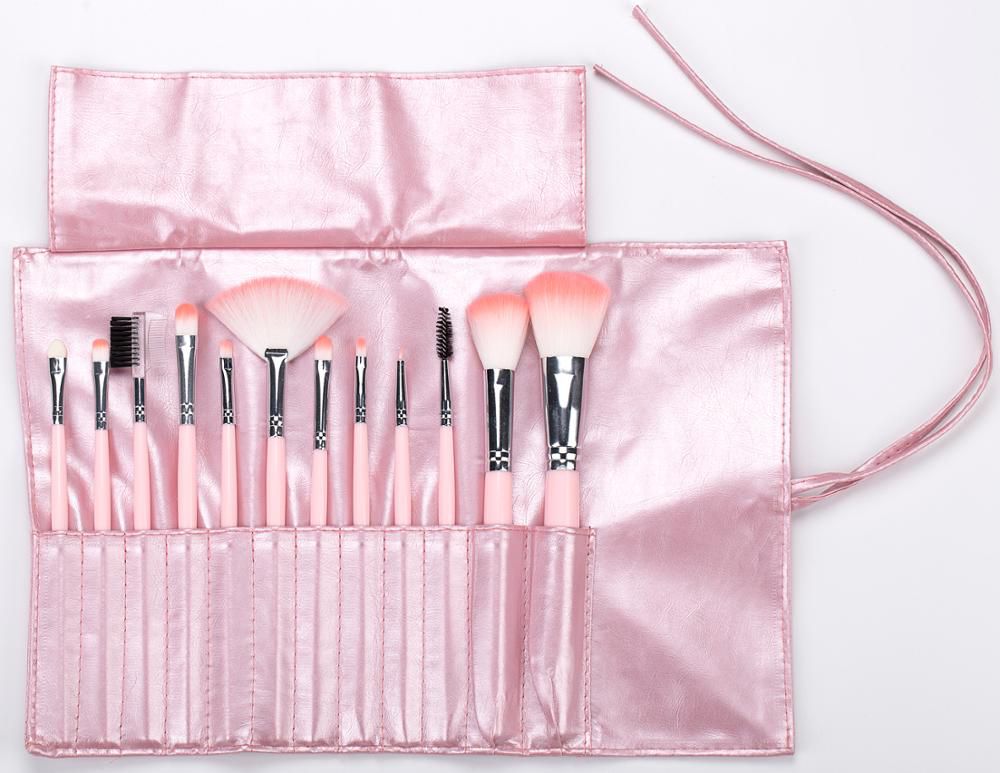Industry news
Wearable Technology in Brushes: Embedded Sensors in Bristles to Monitor Application Pressure
- 98 Views
- 2025-07-16 01:31:12
Wearable Technology in Brushes: How Embedded Sensors in Bristles Revolutionize Makeup Application Pressure Monitoring
The beauty industry has long been driven by innovation, from formula breakthroughs to tool design evolutions. Today, a new frontier is emerging: wearable technology integrated into makeup brushes, with embedded sensors in bristles that monitor application pressure. This advancement is set to transform how both makeup enthusiasts and professionals achieve flawless results, addressing a common pain point—uneven pressure control—that often leads to patchy foundation, streaky blush, or over-blended eyeshadow.
At its core, this technology combines precision engineering with user-centric design. Micro pressure sensors, smaller than a grain of rice, are embedded directly into the bristle bundle during manufacturing. These sensors are lightweight and flexible, ensuring they don’t compromise the brush’s softness or usability—key qualities that makeup users prioritize. When the brush touches the skin, the sensors detect pressure levels in real time, ranging from gentle (ideal for delicate areas like the under-eye) to firmer (needed for blending cream products).
The data captured by these sensors isn’t just collected; it’s translated into actionable insights. Most smart brushes pair with a mobile app via Bluetooth, where users can view pressure metrics, receive instant feedback, and track progress over time. For example, if a user applies too much pressure while blending foundation, the app might send a subtle vibration alert or a visual prompt on the screen, guiding them to lighten their hand. Over time, the app can even generate personalized tips, such as “Your left cheek requires 20% less pressure than your right” based on consistent usage patterns.

Why does pressure monitoring matter? Makeup application is as much about technique as it is about products. Professional makeup artists spend years mastering pressure control, but beginners often struggle. A 2023 survey by BeautyTech Insights found that 68% of amateur makeup users cite “uneven product distribution” as their top frustration, with 53% admitting they’re unsure if they’re applying too much or too little pressure. Embedded sensors eliminate this guesswork, democratizing professional-level precision.
Beyond user benefits, this technology offers value to beauty brands and manufacturers. By analyzing aggregated, anonymized pressure data, brands can optimize product formulas—for instance, adjusting a foundation’s coverage to perform better under typical consumer pressure levels. For brush manufacturers, integrating sensors opens doors to premium product lines, appealing to tech-savvy consumers willing to invest in tools that enhance their routine.
Of course, challenges remain. Ensuring sensor durability is critical; brushes are washed regularly, so the technology must withstand water, soap, and repeated use. Early prototypes addressed this by encasing sensors in waterproof, hypoallergenic materials, tested to endure over 100 washes without performance loss. Cost is another consideration, but as sensor production scales, prices are expected to become accessible to mid-range markets, not just luxury segments.
Looking ahead, the potential for expansion is vast. Future iterations could include multi-sensor arrays to track bristle angle or movement, providing 3D feedback on blending techniques. Integration with AR mirrors, where users see real-time pressure overlays on their reflection, is also on the horizon. For our factory, with decades of expertise in brush and bristle production, this technology aligns with our commitment to merging craftsmanship with innovation—ensuring every brush we create isn’t just a tool, but a partner in achieving beauty goals.
In a world where personalization and precision are paramount, wearable technology in brushes isn’t just a trend; it’s a shift toward smarter, more intuitive beauty tools. By embedding sensors in bristles to monitor application pressure, we’re not only solving a common problem—we’re empowering users to master their craft, one brushstroke at a time.











